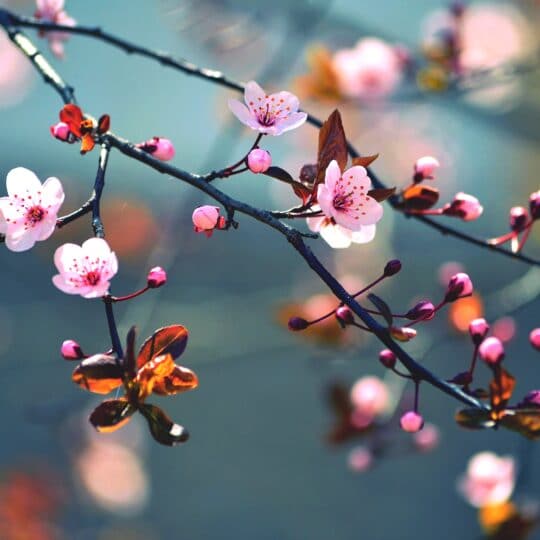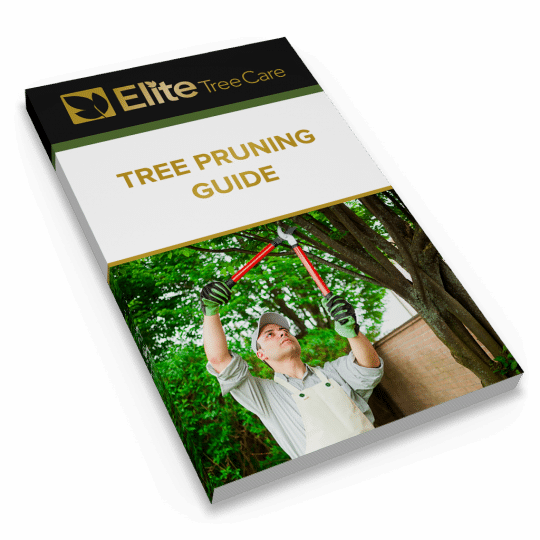Spring Tree Pruning Guide
What to do & What to Avoid
Posted
March 10, 2022

Knowing how and when to prune your trees and plants is important for many reasons. Not only does it help the plant thrive, but it also helps prevent it from becoming a hazard to you and your property. Not to mention, a thriving plant is a more attractive part of your garden than a dying or diseased one. Treating an unhealthy plant can also become more of a burden on both you and the tree or shrub. Therefore, use this spring tree pruning guide to help make the most of the season and protect your plants.
Spring Tree Pruning Guide
There are many reasons why properly pruning a plant is important. Here are a few:
- Prevent plants from becoming a hazard, especially around utility lines and structures.
- Promoting health.
- Eliminating disease.
- Preventing pests
- Removing damage.
- Maintaining a healthy appearance.
There are also many reasons why regular pruning is necessary throughout the year. One of the top reasons is to remove any dead, dying, or diseased parts of the tree before they cause additional damage. But there is a specific time of year when most plants should undergo any major pruning. This is now—late winter and early spring.
Early spring is the best time for pruning most plants since the harsh winter temps are over and some species haven’t started budding. Prune any plants that bloom late in the summer. However, plants that bloom in early spring have already started to bud, so you’ll want to wait to trim these until their flowers fade.
Pruning encourages plants to focus energy on growing, so make sure the weather is ready to help instead of hindering this process. If it’s still dipping below freezing at night, you may want to wait a while longer before making any fresh cuts. Also, it’s best to wait for dry weather so fungi aren’t encouraged to grow instead.
Common Mistakes to Avoid
While pruning is an important step in gardening, it’s even more important to do so properly so that your plants not only survive, they thrive. Familiarize yourself with some of these common mistakes and try to avoid them while you’re out trimming.
- Pruning too much. Try not to cut more than a third of the plant at once. Too many cuts can shock the plant and invite disease. If you need to prune more, you may want to consider removing the plant altogether.
- Pruning the wrong thing. Inspect your plant before you prune, and don’t cut any area of new growth. You also want to prune as close to the node as possible without leaving a stub.
- Using the wrong tools. Make sure the shears you use are clean and sharp. If it’s not strong enough to cut the branch, you could end up tearing it which will weaken the plant.
- Not pruning. Left alone, certain plants will continue to grow and may take over your lawn or garden. Unpruned areas can become congested without enough light and air coming through. This could become a prime place for pests to nest or disease to strike.
Professional Pruning
Whether you’re trying to maintain plant health or treat disease, regular pruning is an important part of the process. If you need help determining the best way to tackle your trees and shrubs, ask a pro who knows how to best care for your specific species. Contact Elite Tree Care for more information on spring tree pruning techniques and how to keep your plants healthy all year.

Download Your FREE Tree Pruning Guide
Learn how, when, and how much to trim or prune your trees to maximize their health and beauty. This guide covers the factors that go into tree trimming (pruning) and will help you make a more informed decision about hiring a professional tree service.